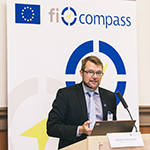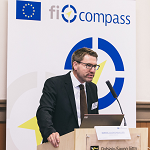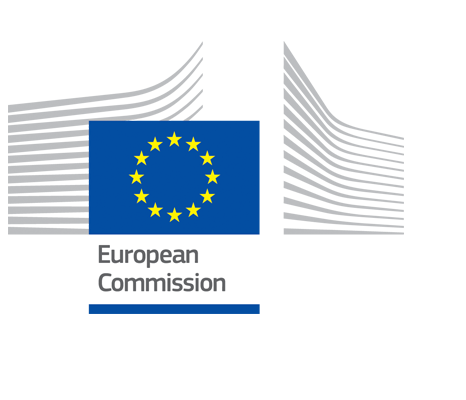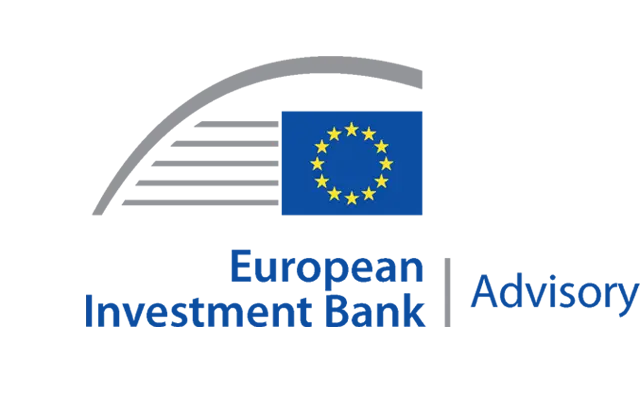ESIF financial instruments in the 2014-2020 programming period – Opportunities for Finnish regions
Overview

Picture: Marko Korhonen, Regional Council of Pohjois-Savo
Financial instruments delivering ESI Funds in the 2014-2020 programming period were discussed in an event organised by fi-compass on 12 September 2017 (afternoon) and 13 September 2017 (morning) in Kuopio, Pohjois-Savo Region, Finland. The event focused on the opportunities for Finnish regions provided by the use of financial instruments under ESIF in the 2014-2020 programming period and brought together representatives of many Finnish regions, the Ministry of Economic Affairs and Employment, banking sector representatives and other relevant stakeholders on a national and regional level.
Marko Korhonen, Mayor of Pohjois-Savo Region, welcomed participants and introduced the key characteristics of the Pohjois-Savo Region and its smart specialisation strategy. The moderator of the event, Bruno Robino, head of fi-compass at the European Investment Bank (EIB), welcomed participants on behalf of fi-compass and introduced the key topics and structure of the event.
Key features offered by the 2014-2020 policy framework for financial instruments under ESIF were presented next by Jörg Lackenbauer, European Commission’s Directorate-General for Regional and Urban Policy (DG REGIO). The presentation gave an overview of the differences with the previous framework, the logic of ex-ante assessments. Furthermore, it explained the phased payments process and the possibility of combining support, e.g. with grants. Following this, the implementation of the SME Initiative in Finland, which was launched in September 2016, was presented as another option to support SMEs by Pekka Jounila, DG REGIO.

Picture: Jörg Lackenbauer, DG REGIO, European Commission
The key characteristics and advantages of ESIF financial instruments, the possible implementation options and the different types of financial products, as well as how guarantee schemes work, were explained to participants by Bruno Robino.
To complement the theoretical presentation, a case study of a First Loss Portfolio Guarantee, a financial instrument successfully launched in Malta in 2011 to support local SMEs, was presented by Daniela Grech from the Maltese Ministry for European Affairs and Equality (managing authority). Her presentation included a comprehensive description of the design, set-up and implementation of this financial instrument. Questions from participants focused on the practical aspects of the process of selection of the most suitable intermediary and how to use the funds to equally cover the needs of all regions of the country.
On the second day, Miglena Dobreva, European Investment Bank, illustrated how equity schemes work and focused on the advantages of using a different type of equity products co-financed with ESIF aimed to address the financing needs of SMEs. The presentation included also an overview of the main features of the co-investment facility as one of the ’off-the-shelf’ instruments for SMEs adopted by the European Commission in 2016.

Picture: Participant asking questions
A practical example of the use of equity to support SMEs was given by Charles Hamilton from Invest Northern Ireland (intermediate body). The ‘Access to Finance Solutions for SMEs’ includes equity financial instruments which were set up very early in the 2014-2020 programming period, based on the findings from the ex-ante assessment of regional SME needs for access to finance in the different stages of their business development.
The justification for the use of financial instruments as well as the characteristics and suitability of different financial products were the main topics of an interactive workshop. Participants could learn through group work exercises and discussions and direct interaction with fi-compass experts.
Questions and statements from participants covered a wide range of issues concerning the set-up and implementation of financial instruments, especially relating to the Finnish regions which are looking into new ways to support their SMEs and to increase their competitiveness.
Bruno Robino summarised in the remarks closing the event the advantages of using ESIF financial instruments in the 2014-2020 programming period and encouraged participants to consider financial instruments under ESIF as an effective policy tool to enhance the support to SMEs in Finnish regions.

